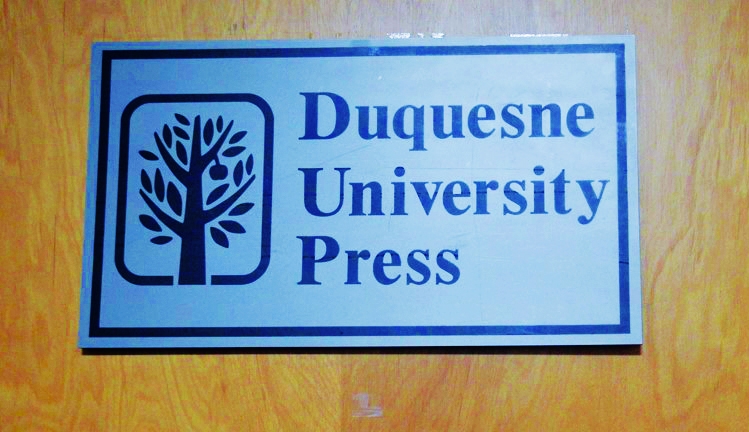08/29/2019
By Ollie Gratzinger | Editor-in-Chief
One month. Three stabbings. Four victims.
The news coming out of Pittsburgh’s central business district hasn’t been very good lately, to say the least. A wave of violence has taken downtown by its throat and squeezed; summer in the Steel City hasn’t been kind.
Around 11:40 a.m. on Aug. 8, two women were stabbed at a bus stop near Sixth Avenue and Smithfield Street in what seemed to have been a random act of violence. One of the women died.
Less than a week later on the night of Aug. 14, a man was stabbed near the intersection of Liberty Avenue and Wood Street after an argument turned physical, and two days ago, on Aug. 23 at about 12:30 p.m., a woman was stabbed in the arm near Triangle Park on Liberty Avenue in a dispute over $60.
These knife attacks — two of which were done in broad daylight — have left a sour taste in the mouths of residents, workers, business owners and stakeholders. Coming after two teens were shot near Katz Plaza on the Fourth of July, the stabbings seem to be part of a disturbing trend.
On July 17, the Pittsburgh Post-Gazette published an article in which the city’s Cultural Trust voiced concerns over what appears to be a rapidly declining level of public safety. The once-seedy red-light district of Liberty Avenue has undergone rapid transformation over the course of the last few decades, but its future is beginning to seem uncertain.
I’ve been frequenting downtown almost every day since 2009. I went to middle and high school on 9th Street, and now I work at a coffee shop along Liberty Avenue, right at the center of this wave of violence. To me, things look worse now than they did 10 years ago.
There has been an increase in fights, overdoses, harassment, aggression, public drunkenness and disorderly teenagers. The population of folks experiencing homelessness has gone up. Vandalism of public properties has become more common.
This isn’t to say that Pittsburgh is a bad or unsafe place. If you’re a new freshman here on the Bluff and you’re feeling a little nervous, tell your mother not to worry; violent crime in the city has actually been on the decline every year since 2014, according to Mayor Bill Peduto and Pittsburgh Public Safety officials.
Homicides dropped from 58 in 2017 to 55 last year — 11 of those 55 were killed in the Tree of Life shooting last fall. The crime we see just seems to be more concentrated in a very specific part of Downtown, and amplified by a fear-induced echo chamber.
Don’t be afraid; just be vigilant. Don’t walk around with both headphones in, and if you can help it, don’t walk alone. Know your surroundings. You can carry pepper spray or take one of the self-defense classes Duquesne typically offers in the Power Center a few times per semester. DuPo also offers self-defense classes; you can contact them to set up when and where. As the old saying goes, don’t be scared; be prepared.
There are steps the city has to take, though, to nip this trend in the bud before it gets any worse. It isn’t an increased police presence that we need, though that seems to be the most popular solution. Sure, more police can catch the perpetrators quickly after they commit a crime, but as evidenced by the Aug. 8 stabbing happening in the presence of an officer, an increased police presence doesn’t actually seem to prevent crimes from happening in the first place, which ought to be the goal.
To combat a tide of rising violence, Pittsburgh has to treat the illness, not the symptoms; it has to invest in mental health care, addiction treatment and affordable housing initiatives. Pittsburgh Public Schools, the district that encompasses Downtown and most of the surrounding neighborhoods, needs to be granted funding for outreach and youth programs to keep kids out of trouble, even during the summer when school isn’t in session.
Rather than criminalizing the homeless population and panhandlers, city officials ought to ask what can be done to get them off the streets in time for winter. Rather than flooding the streets with cops to arrest teens with weed, officials ought to examine critically the systemic issues that lead to drug abuse in the inner city.
Safety has declined in Downtown Pittsburgh, but it isn’t unfixable. With proper attention, Pittsburgh can once again claim its place as one of the world’s most livable cities.




